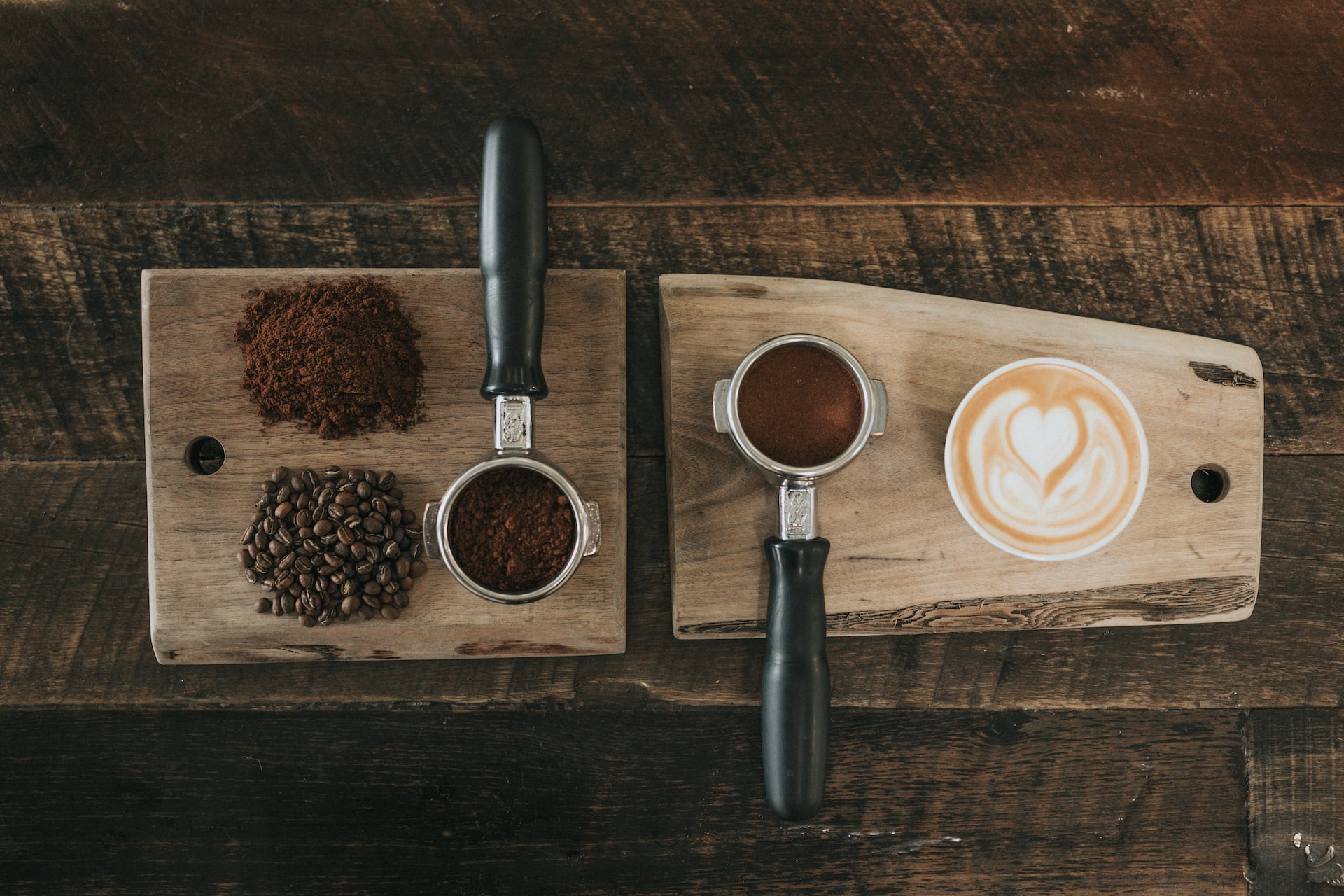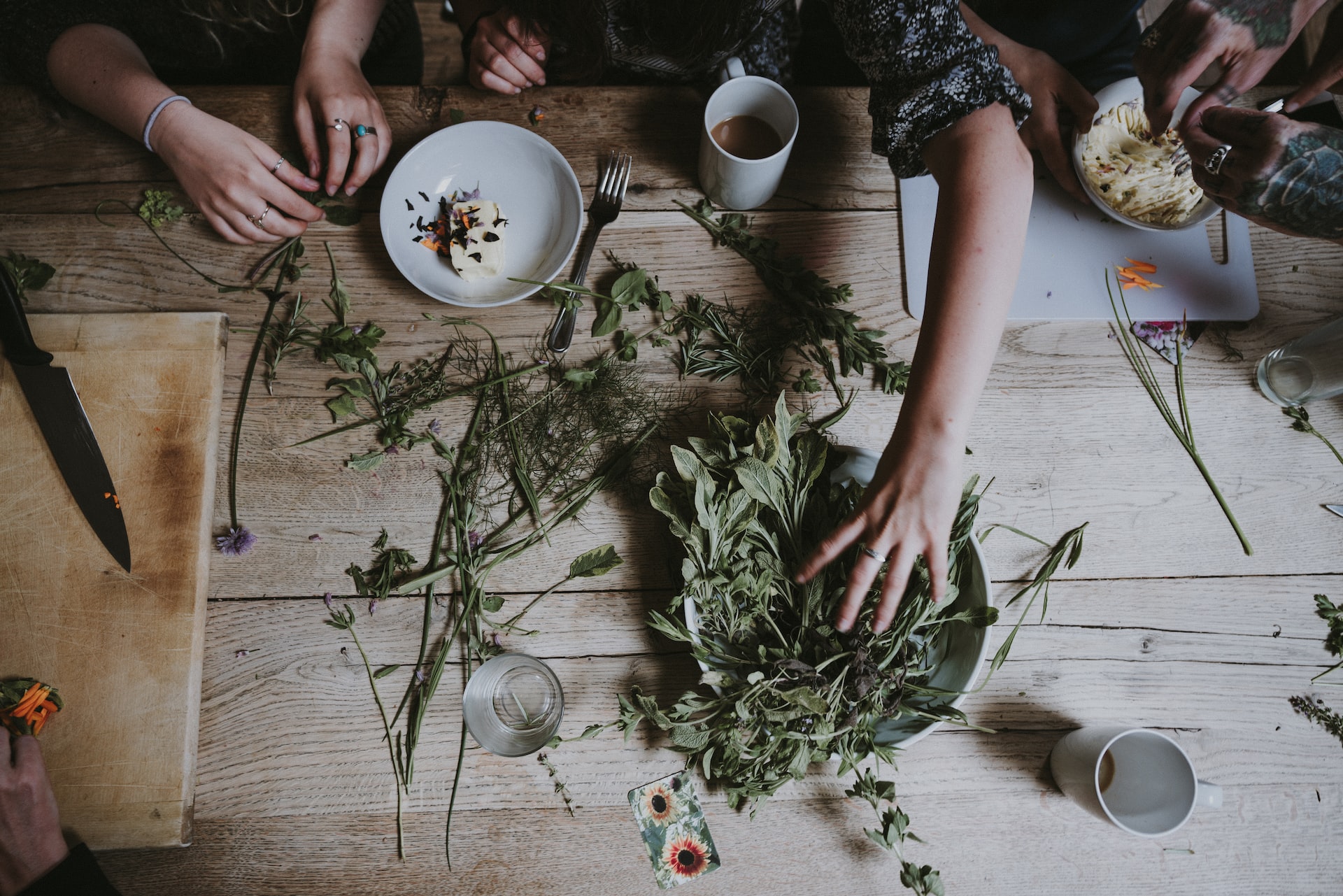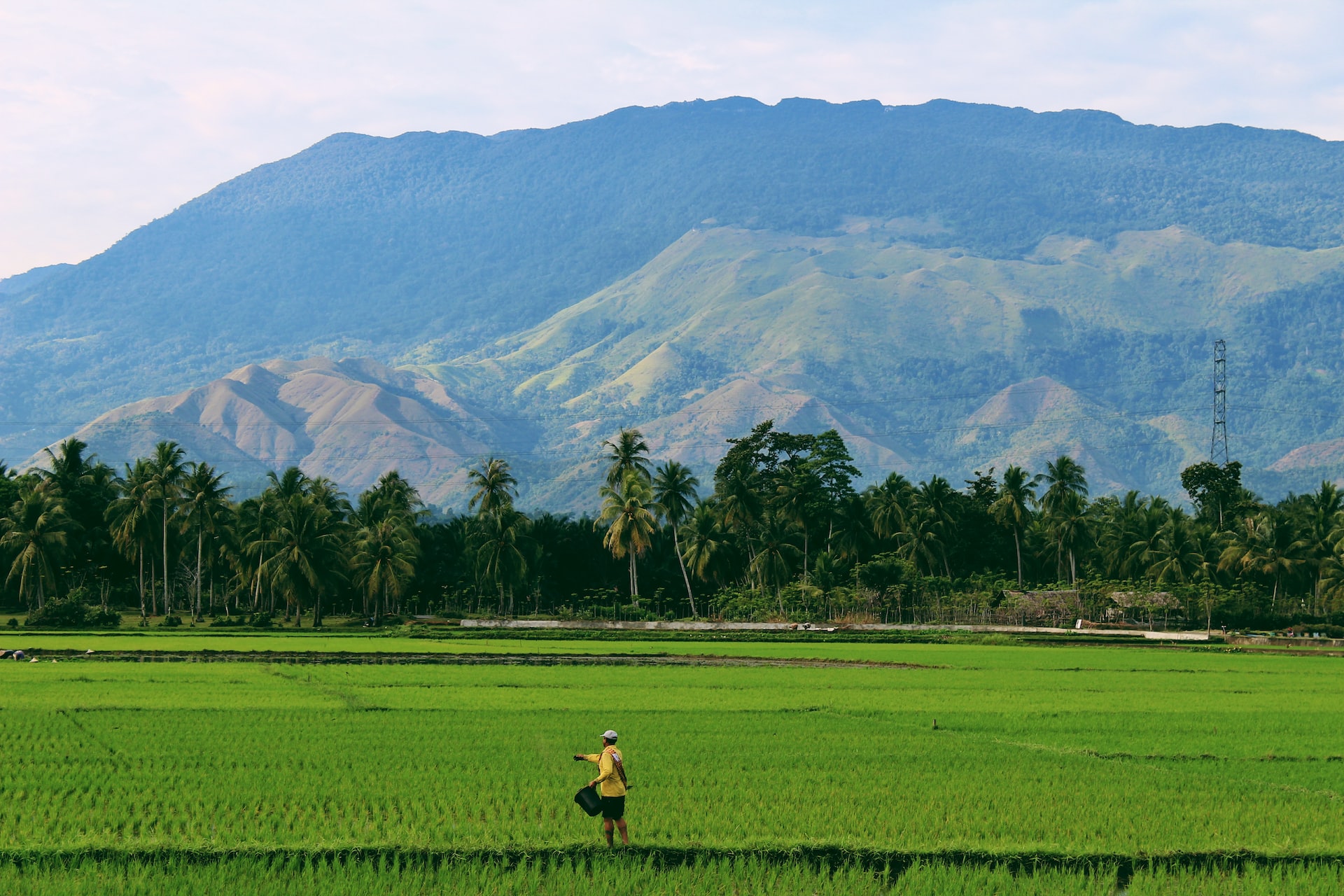Kratom and coffee come from the same family of flowering plants, known as Rubiaceae, which is rife with species that possess medicinal value. Yet they grow in different parts of the world and look nothing alike. They’re more like distant cousins than close siblings, in that regard. Nevertheless, they’ve both made significant impacts on the world, in similar yet contrasting ways.
Today we’re covering the basics of kratom vs. coffee: effects, benefits, and chemical composition!
What Is Kratom?
Kratom is a dark, leafy, tropical tree that grows in Southeast Asia — specifically, places like Indonesia, Thailand, and Myanmar. Also known as Mitragyna speciosa, the kratom leaf has been used by the indigenous peoples of those areas for centuries. Whether chewed, brewed, or mixed into foods, it was used for both medicinal and recreational purposes for those who consumed it.
Unlike the globally-popular coffee bean, kratom’s leaves have remained lesser known outside of their native lands for centuries. Over the last few decades, however, that has begun to change, as the awareness of and interest in kratom has grown by leaps and bounds—for better and for worse.
The reason kratom and coffee have been cultivated and coveted is primarily due to the specific alkaloids they produce.
Alkaloids in Kratom vs. Coffee
Alkaloids are organic compounds that occur naturally in certain plants and that have physiological effects in humans. This includes chemicals like nicotine, morphine, and caffeine, and their effects range from sedation to stimulation to anti-inflammation. Although found in different parts of each tree, both coffee and kratom are rich in alkaloids.
Kratom, on one hand, has more than 25 of these alkaloids, the most notable of which are relaxing and energizing mitragynine and 7-hydroxymitragynine. Coffee has fewer alkaloids, but possesses the famously empowering caffeine.
It is because of these impactful compounds that plants in the Rubiaceae family have been used not only medicinally, but also socially, professionally, and even ceremonially for a very long time. Kratom and coffee so strongly affect the human body and mind, that each has found itself revered throughout their histories.
What are the Effects of Kratom vs. Coffee
Coffee is one of the most popular beverages in the world. According to Statista, in 2020 and 2021, over 166 million 60 kilogram bags of coffee were consumed worldwide. Americans in particular drink more coffee than any other country in the world.
The reason can be summarized in one word: caffeine.
Caffeine is considered beneficial for the physical and mental stimulation it provides. It’s what gives a coffee drinker that early-morning willpower, that mid-afternoon pick-me-up, and that all-night concentration that they so desperately need. It’s become a huge part of everyday life in almost every country.
Kratom and coffee share this effect, to greater or lesser degrees depending on the vein and strain of kratom. Though kratom leaves do not contain caffeine, certain strains offer a similar increase in focus and vitality.
On the flip side, depending on the dose, the caffeine in coffee can also result in excessive energy, resulting in jitters, shakes, and anxiety. And the potency of that energy boost can lead to an energy crash equally as strong.

Anecdotally, people say kratom and coffee differ in their energizing effects. Kratom may provide longer lasting stimulation without the risk of jitters. Additionally, it is claimed not to result in the same drastic depletion and sudden exhaustion that follows (too much) coffee. This could be because of other alkaloids not present in coffee beans.
Remember that there are many additional compounds within kratom as opposed to coffee. And as the kratom leaves grow and age, the amounts of these alkaloids change over time, which impacts both their colors and effects. This is where the differences in kratom vs. coffee truly arise.
Certain strains are said to offer a simultaneously stimulating and relaxing effect. Others are said to provide relief from soreness, fatigue, and pain. Some strains are touted for their mood-boosting and elevating effects. In years past, kratom has been used as an alternative to opioid use or in addiction recovery.
It is tough to say for certain what effects kratom has, because there is a distinct lack of scientific research into kratom. The potential positives, benefits, and effects are, thus, based on stories and hearsay of kratom and coffee’s effects more than anything else. Research is emerging, but it is a slow process due to conflicting rules and regulations.
But if the experiences of others are to be believed, kratom and coffee are considered similarly stimulating, but only kratom provides the additional variety of (strain-dependent) relieving and relaxing effects.

What are the Side Effects of Kratom vs. Coffee?
Like all things in life, moderation is important. Without moderation and restraint, too much of anything is… well, too much!
Because of their ability to physiologically influence a person, it is important to keep in mind the possible risks and side effects that come with excessive and long-term use of both coffee and kratom. According to Kratom.org, as stimulants, they both share the potential for dependency.
Between the two, however, caffeine has a much higher risk of addiction. That’s probably why 64% of Americans drink a cup of coffee every single day. And many drink more than one. We’ve all had that friend, coworker, acquaintance, or family member who specifically requests “no human interaction” until after they’ve had their coffee.
Conversely, kratom can be found in a number of different forms, from powders to capsules to liquid extracts. This can make it tricky to the size of the dose and, worse, what additional chemicals might be mixed in.
Like anything, there are pros and cons to both kratom and coffee.
Some of the side effects of coffee may include:
- “Jitters,” nervousness, and anxiety
- High blood pressure
- Potential decrease in bone density
- Increased heart rate
- Insomnia
- Nausea
Some of the side effects of kratom may include:
- Anxiety
- Blurred vision
- Dry mouth
- Headaches
- Nausea and stomach pain
- Increased heart rate
- Tongue numbness
There’s also limited evidence to show that long-term use could cause acute liver injury. But again, the emphasis is on “limited.” There’s still so much we do not yet know about kratom.
Where to get Kratom vs. Coffee
Kratom and coffee’s accessibility is one of their greatest differences. Because of the historical acceptance of coffee and the regulations that guide its production and distribution, you can find a cup of coffee just about anywhere. Whether it’s bitter drip coffee at work or smooth espresso martinis at the bar, it’s safe to say you can trust your coffee to give you the kick you want without fear.
Kratom and coffee differ in this regard as well, as the rules and regulations guiding the sale and use of kratom differs not only country to country, but even state to state! Make sure you know the laws of your particular area before you explore this fascinating ethnobotanical.
On top of that, to avoid any unnecessary risk to your health, it’s vital to ensure the kratom you buy is high-quality and all-natural. That’s why all of the products you find at Greg’s Botanical are hand-grown using kratom from our very own domestic farm in Puerto Rico, lab-tested for purity, and shipped fresh straight to your door.
Follow our blog for more information on all things kratom and contact us with any and all questions you have! We’re always happy to help.

